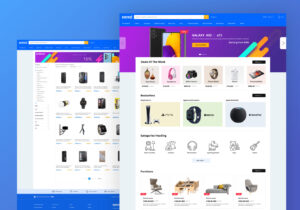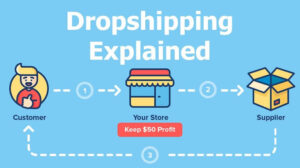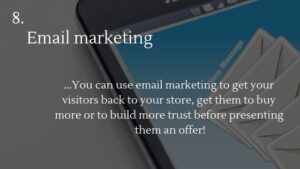
Discover the Best WordPress Web Hosting Services for Your Website
Are you searching for the perfect hosting solution for your WordPress site? Look no further!

Are you searching for the perfect hosting solution for your WordPress site? Look no further!

Dropshipping is a business model in which e-commerce entrepreneurs sell products without having to carry

In the world of web hosting, Virtual Private Servers (VPS) have emerged as a versatile

Introduction: In the ever-evolving digital landscape, establishing a strong online presence is essential for businesses

Introduction: In the dynamic world of e-commerce, dropshipping has emerged as a popular business model

Dropshipping is a form of eCommerce business model that has been gaining popularity over the

If you own a restaurant, one of the best ways to increase your business is

A restaurant website is a powerful marketing tool that can help increase awareness of your

When it comes to creating a website, there are many different route you can take.